Yogi Berra said it best: “Baseball is 90 percent mental; the other half is physical.” But how do you incorporate the strategic side of the game with the fundamentals and still keep your players’ attention during practice? Baseball drills.
From baseball hitting drills to indoor exercises, they teach fundamentals through repetition. But let’s face it, drills get monotonous if you stick with the same two or three. Check out these 15 drills that’ll engage, excite, and keep kids guessing.
Make Drills Goal-Oriented
Baseball demands well-rounded players who prove both physically and mentally tough. The game rewards strategy, cooperation, and technique. That’s why youth baseball drills represent the basis of your team’s success.
By having a playbook of drills, you ensure your players stay excited and motivated. Here are a few things to keep in mind when structuring warm ups and practice:
- Have a clear goal before starting a drill.
- Know which fundamentals you’re working on so that you can correct mistakes and offer constructive suggestions.
- Once you’ve reached your goal, move on.
- If a drill isn’t “working” for your team, move on, too.
- Drills that last too long consume precious energy and concentration.
- Keep practices moving forward and jam-packed with activities.
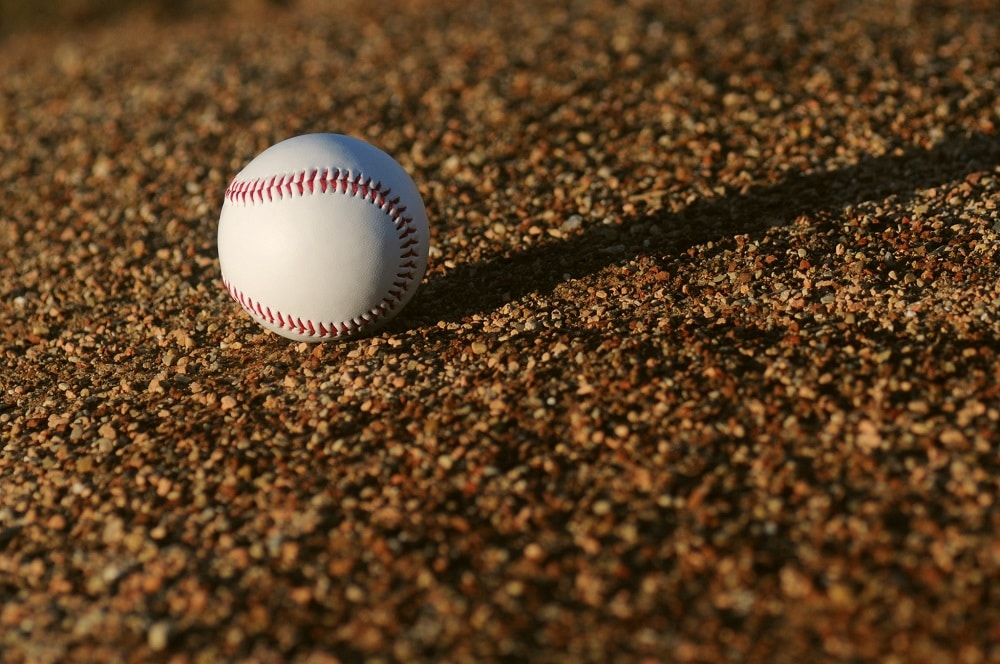
The “Fun” in Fundamentals
The first three letters of “fundamentals” spells “fun.” Don’t forget it! Look for fun baseball drills that motivate kids through play and friendly competition.
For example, don’t just have kids practice batting. Instead, turn it into a batting competition to see who can hit the ball farthest. Don’t just make kids sprint. Time them on base running so that they can work on improving turns. Simple tweaks make all the difference when it comes to building stamina, endurance, and confidence while having a blast.
Practice Makes Perfect?
Finally, say no to perfectionism. Without mistakes, learning can’t happen. Demanding perfection makes kids afraid to mess up and saps the fun out of practice. But if they don’t make mistakes, how can they improve?
Instead, help your players recognize what does and doesn’t work and then make adjustments accordingly. Support critical thinking and self-awareness so that kids start coaching themselves.
Top Baseball Practice Drills
Ready to dive into some drills and structure your own practice plan? Here are some of our favorite baseball drills listed for you to add in to your regularly scheduled programming. We feel confident you will find a couple of things to try here that you hadn’t considered before.
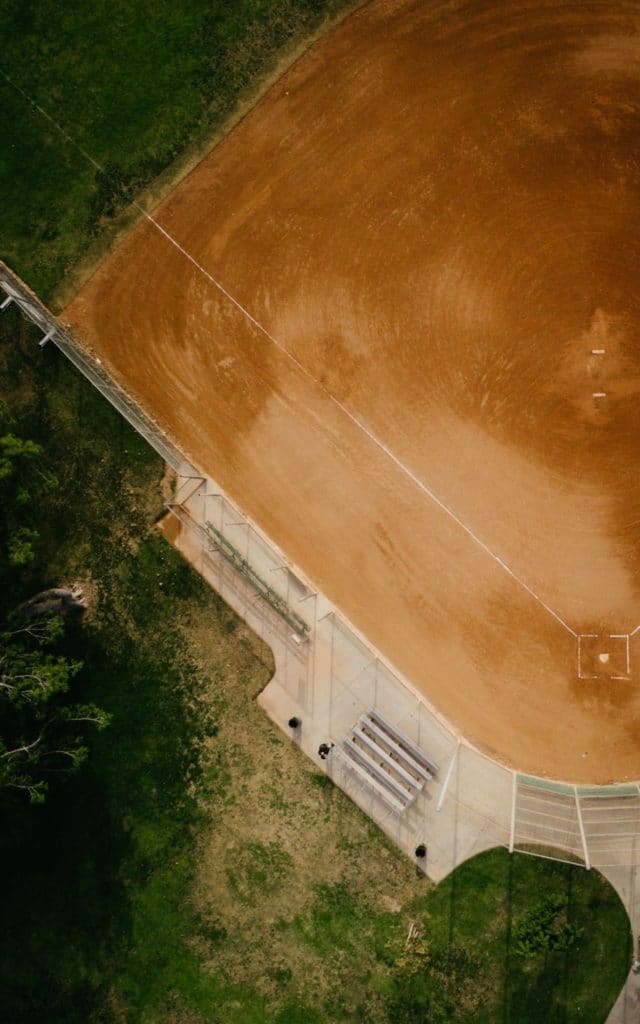
1. The Four Corners Drill
Goal:
This drill teaches kids about team competition and cooperation, base running and rounding, and throwing progressions. It also reinforces the skills of receiving while offering kids a fun way to get better conditioned. Best of all, it works well for every age group from t-ball to high school varsity players.
Execution:
- Start by dividing your team in half. Line up one team at the home plate and the other at second base. Hand the first player in each line a baseball.
- Tell them to run three consecutive bases. So, those starting at the home plate will end on third base and those starting on second will end on first base.
- Once they’ve reached the right base, they must stop, set their feet, and throw their ball to the next player in line. The next player up catches the ball and repeats the activity.
- If the player doesn’t catch the ball, they must retrieve it. Touch their starting base. And then run the sequence.
Reminder:
Players must finish by sitting in a designated area you assign before the drill begins. Whichever team finishes with all of its members seated in the right spot first wins. This drill puts the fun back in baseball and prepares kids for the game.
2. The Two Ball Game Drill
Goal:
Looking for some baseball warm up drills? This game requires minimal equipment–two baseballs. It keeps kids engaged and focused when there’s downtime (like the transition from warm up to the actual game). And it hones receiving skills and hand-eye coordination.
Execution:
Start with players in a circle equidistant from one another. Each player gets three outs. Depending on how many players participate, the rules will differ slightly for outs.
Players get outs when they:
- Drop one or both of the balls thrown to them.
- Make an uncatchable throw or throw too hard.
- Throw the balls to the player next to them (and there are more than four players).
- Throw to someone who catches both balls in one hand without the use of their body for the catch. (This also ends the game when you’re down to two final players.)
Reminder:
How do you determine whether or not a throw proves catchable? The whole team votes on it.
3. The Work-Up Drill
Goal:
This drill works players through various positions increasing their versatility. It also gives coaches the opportunity to see how players perform in different roles. Finally, it encourages the ability to move and think effortlessly on the field.
Execution:
- Place your kids in the infield and outfield with their gloves and bring your first player up to bat. (Have two to three more ready to bat so that you have a smooth transition at the beginning.)
- The coach pitches and the team observes the regular rules of baseball.
- Each time a batter or base runner gets out, they grab their gloves and head into the field. Rotate from right field to center field to left field. Then, from third base to shortstop to second base, first base, and back at bat.
Reminder:
After each third out, clear the bases, and start a new inning.
4. The Hit and Get Drill
Goal:
This activity reinforces all of the fundamentals of baseball.
Execution:
- Divide your team in half, with the coach pitching, and place a defensive player in every position except for catcher.
- Let batters know that once the ball’s in play, they need to run as many bases as possible. They score one point per base for their team.
- While the batter runs the bases, the defense gets to work on fielding the ball. They’ll do this by throwing consecutively to every fielder and finishing with a toss back to the pitcher.
Reminder:
Encourage your fielders to stay in their positions while receiving throws. They should only move for offline throws or to catch the batted ball. When overthrows happen, the ball comes back to the thrower for a repeat try.
5. The Relay Drill
Goal:
This baseball drill for kids reinforces team defense, field communication, footwork, and can lead to a lot of excitement among players. For younger teams, we suggest using softies for safety’s sake.
Execution:
- Divide your team in half and line them up in two extended lines with players equidistant from one another.
- Start the same end of each line with baseballs. The two players with balls must turn their backs to their line.
- At the signal, have the two players with balls turn and throw to the next kids in line. These kids then repeat the same skill turning to the person behind them down the line.
- The winning team represents the one to move their ball down the line first.
Reminder:
Teach communication on the field by telling each receiver to raise both hands and yell, “Relay.” Those in possession of the ball will work on throwing to the voice. Encourage receivers to move their feet to the baseball instead of reaching for it.
6. The Lean, Look, & Stutter Drill
Goal:
Baseball speed drills like this one condition your team, while letting them work on speed out of the box.
Execution:
Start your team at home plate. One by one, have them practice the following base running sequence.
Have them sprint from home through first base practicing the “lean, look, and stutter” (LLS) technique.
That means-
- Leaning forward at first base like a sprinter
- Looking to the right to see where the ball is
- Practicing short “stutter” steps after running through first so that they slow down and come to a rest straddling the foul line, well-positioned to steal second
Reminder:
They should also focus on making smooth turns, running through the base, and looking to see where the ball would be in play.
7. The Aggressive Turn Shuffle Drill
Goal:
For this drill, your kids will work on the assumption that they’ve hit a ball into the outfield. They should practice moving off the baseline right before first base so that they hit the inside corner of the base rounding the bag.
Execution:
- Have your team line up at the home plate.
- This time, they’ll sprint, one by one, through first base.
- At first, have them practice an aggressive turn (rounding the bag) through the base followed by a shuffle back to first.
- Their eyes should remain trained on the outfield.
8. The Coach, Base, Coach Drill
Goal:
The two previous drills explored the ball in the infield and outfield. But when running first to third, the ball may fall outside of the runner’s vision.
This drill teaches them to look at their third base coach to ascertain whether or not they should keep running. Make sure you use an actual third base coach to enhance the learning curve.
Execution:
- As your base runner sprints to second, have them work on clipping the inside corner of the bag with their right foot and pushing off towards third.
- All the while, the runner needs to look at their third base coach for a signal.
9. The Timed Base Run Drill
Goal:
Why stick to monotonous, old-fashioned sprinting? Instead, have kids run the bases, from home to home, racing against the clock and themselves.
Execution:
- Use a stopwatch to time each player.
- As players improve their times, they’ll come to realize the importance of proper running and turning.
- Emphasize exploding out of the box, turning just before each base, hitting the inside corners of those bases, and not breaking stride.
10. The Down Angle Drill
Goal:
Divide your team into three equal groups and line them up at each base except home. The coach should stand on the mound with a bucket of balls and launch a variety of dirt balls, air balls, and good strikes into the screen.
Execution:
While the coach moves the ball, players on base need to read the down angle of the ball. Based on these visual cues, they’ll do one of two things:
- Stop on their lead foot and hustle back to the base
- Run at top speed to the next base
Guide third base runners to be most careful about going for home plate. They won’t be able to go on as many balls as their teammates on other bases, so have them work on discernment.
Reminder:
When the third base player can’t go, but the other base runners can, have this player run back to third and then jog from there to first. That way, you keep the number of kids on each base even.
11. The Infield Circus Drill
Goal:
Get ready to field some grounders with one of the best baseball infielder drills!
Execution:
- Put players in their defensive positions and then have four coaches hit grounders.
- Each coach should hit towards a specific position simultaneously.
- Grounders will abound.
Reminder:
The trick for kids is getting the grounder from the coach assigned to hit toward your position. This helps kids develop hyper-focus when it comes to seeing and capturing ground balls, especially when there’s lots of commotion.
12. The First Baseman Pick Drill
Goal:
The point of this drill remains building strong first base players with sound footwork and the ability to pick bad throws.
Execution:
- With infielders placed in all positions and players lined up at first to take turns, the coach will send grounders around the infield.
- Infielders then need to field the ball and throw it to first.
Reminder:
As players gain age and experience, encourage them to throw balls requiring the first baseman to either adjust their foot position for the catch or pick a bad throw.
13. The Stop, Stance, & Swing Drill
Goal:
Set up the batting tee below waist level and have your kids gear up to bat. In this drill, they’ll work on swinging all the way through. They’ll also practice their batting stance and positioning.
This drill reminds kids to check in regularly with their stance and position. They should learn to make adjustments as necessary coaching themselves while at bat.
Execution:
- Emphasize the importance of striding before swinging, checking in with your feet between swings, and maintaining a good stance.
- Tell kids to keep their eyes on the ball, turn it loose, and follow through with both hands on the bat the whole time.
- Many kids stop the moment they contact the ball. But you want to teach them to swing through and maintain a good stance and position with both hands squeezing the bat.
Reminder:
As kids come up to bat, talk them through this process. Remind them about “stop, stance, and swing” until they embody it as second nature.
14. The Fence Drill
Goal:
This drill breaks the habit of a looping swing. After all, long, looping swings result in fly balls and pop flies. And fly balls and pop flies mean more catches and outs.
Execution:
- Have batters stand one foot from the backstop with their baseball bat in hand.
- Help them visualize the pitcher preparing to throw.
- At the same time, have them track the pitch mentally, taking a full swing.
- If their swing is looping, they’ll hit the fence.
Reminder:
As you talk them through it, have them imagine the knob of the bat heading towards the ball and their top hand palm driving towards the pitcher. Remind them to only load and stride once and to avoid inefficient head and body movements.
15. The Itchy Jones Drill
Goal:
When it comes to indoor baseball drills, the Itchy Jones proves effective and engaging. You can also use it outdoors, and it’s easy to incorporate into your hitting station rotations, too.
Execution:
- For this exercise, you need a baseball, four players, and three signs numbered one, two, and three that can be placed by the players in the field.
- One player stands at the home plate acting as the “batter.”
- The other three players take the field.
- The middle one stands in front of the batter with the other two spread out 10 feet on each side.
- The “batter” prepares to throw the ball when he hears the coach call out a number.
- The “batter” then throws the baseball to the player with that number.
Keep Your Team on their Toes with Baseball Drills
Interested in more youth baseball drills? Or, maybe you’ve got questions about the best equipment? The team at Dugout Debate’s here to help. With the drills above, you’ll keep your players engaged, conditioned, and having fun. You’ll see your players reach new heights of success. Contact us to let us know how these drills work for your team.
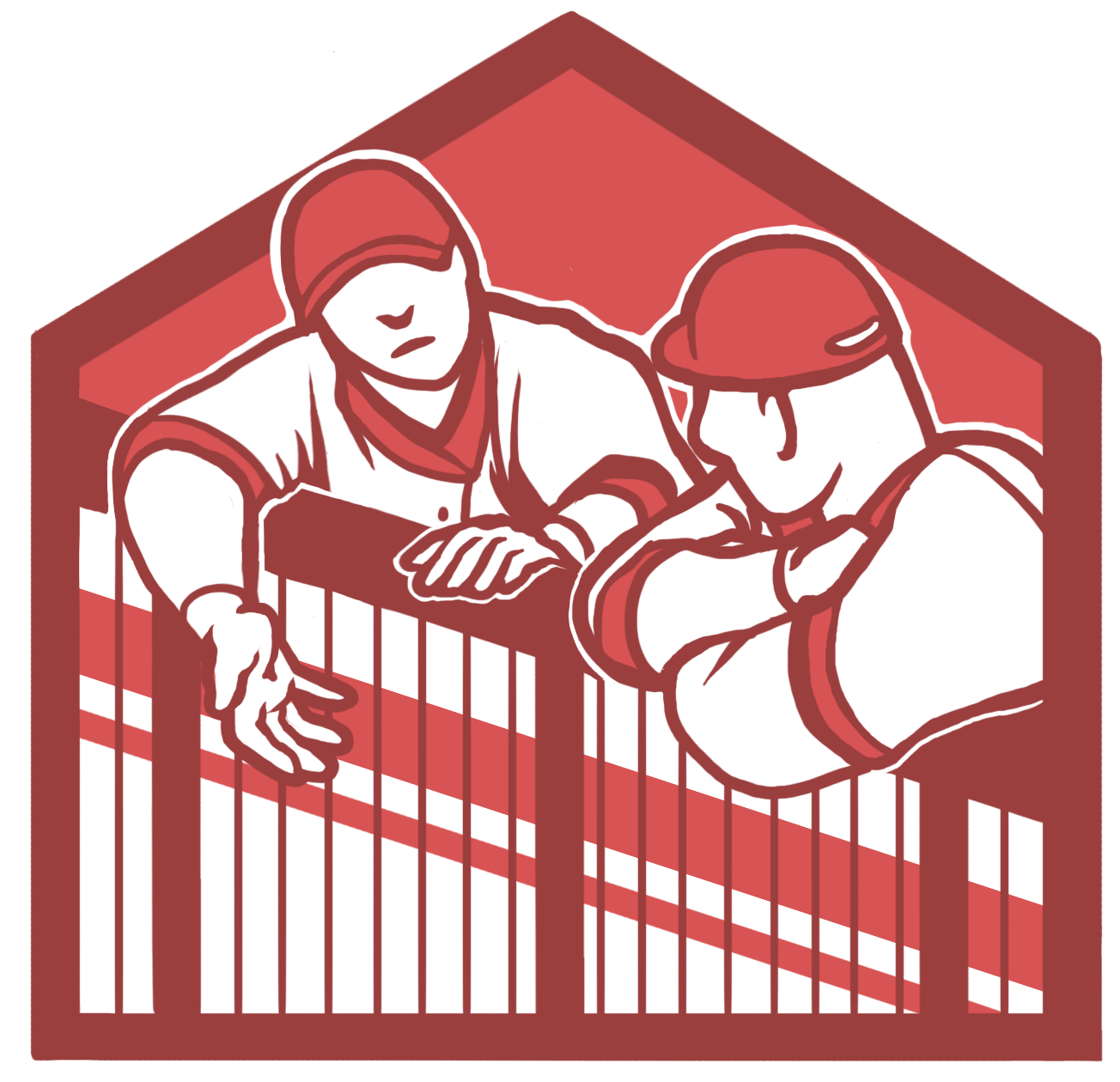
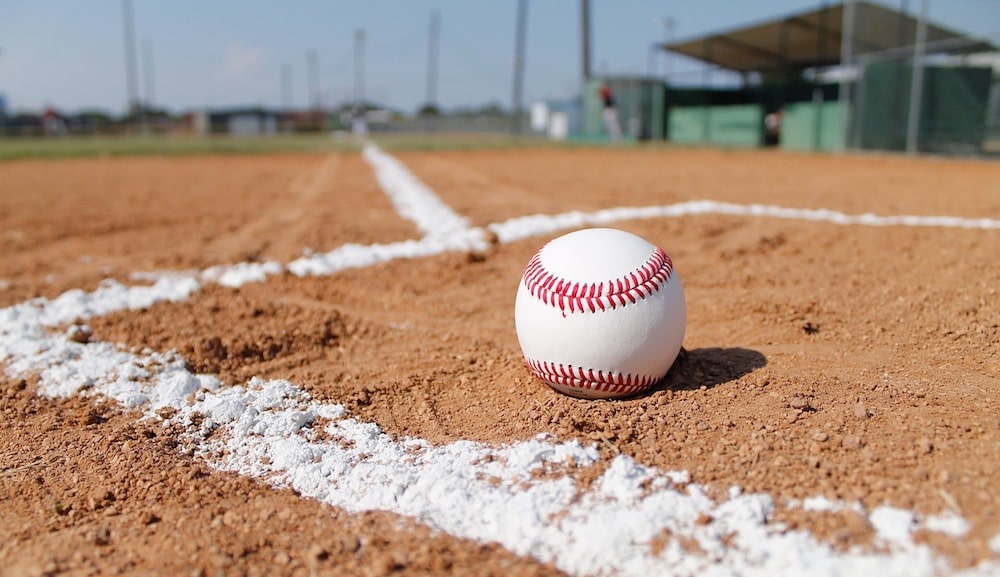
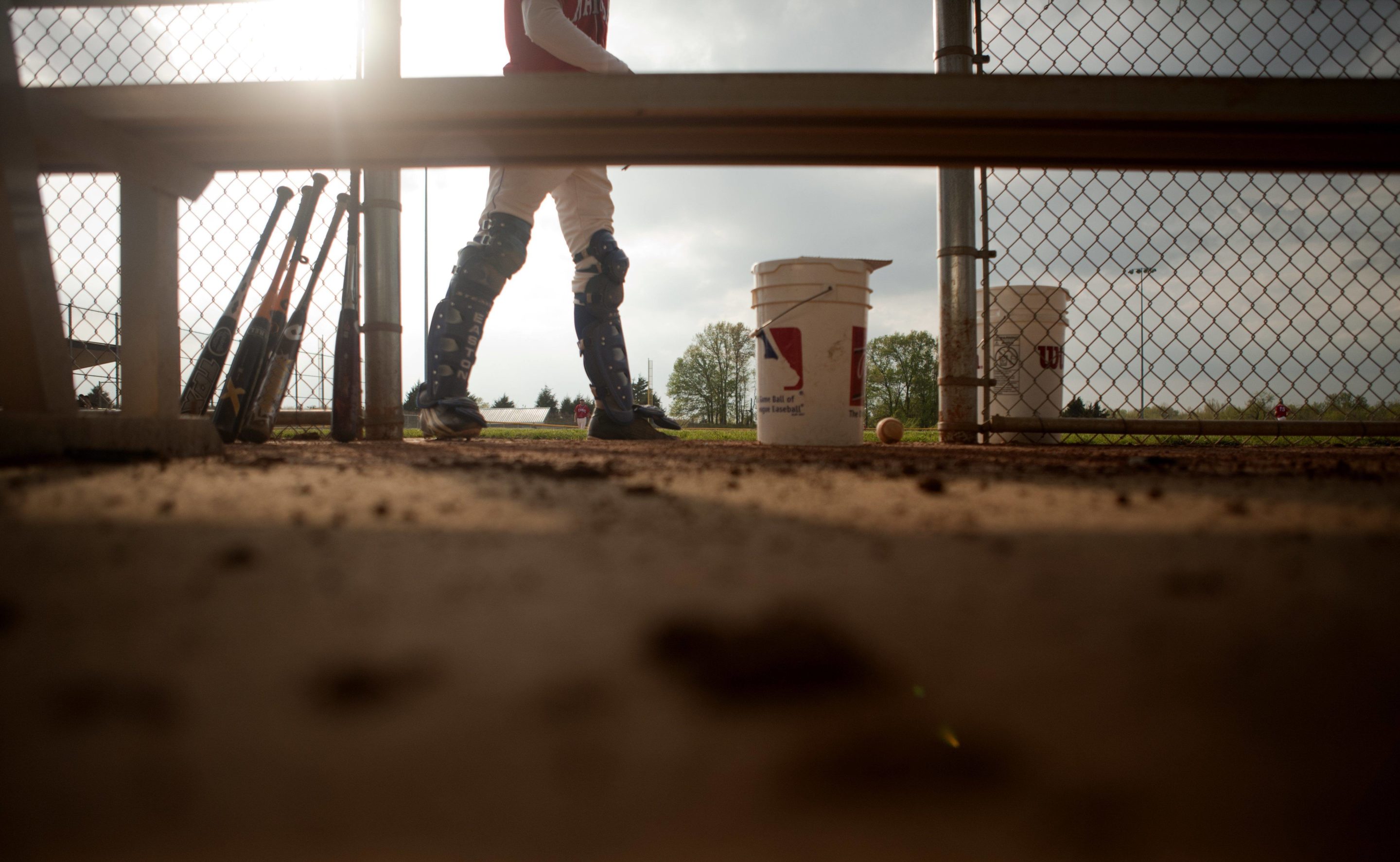
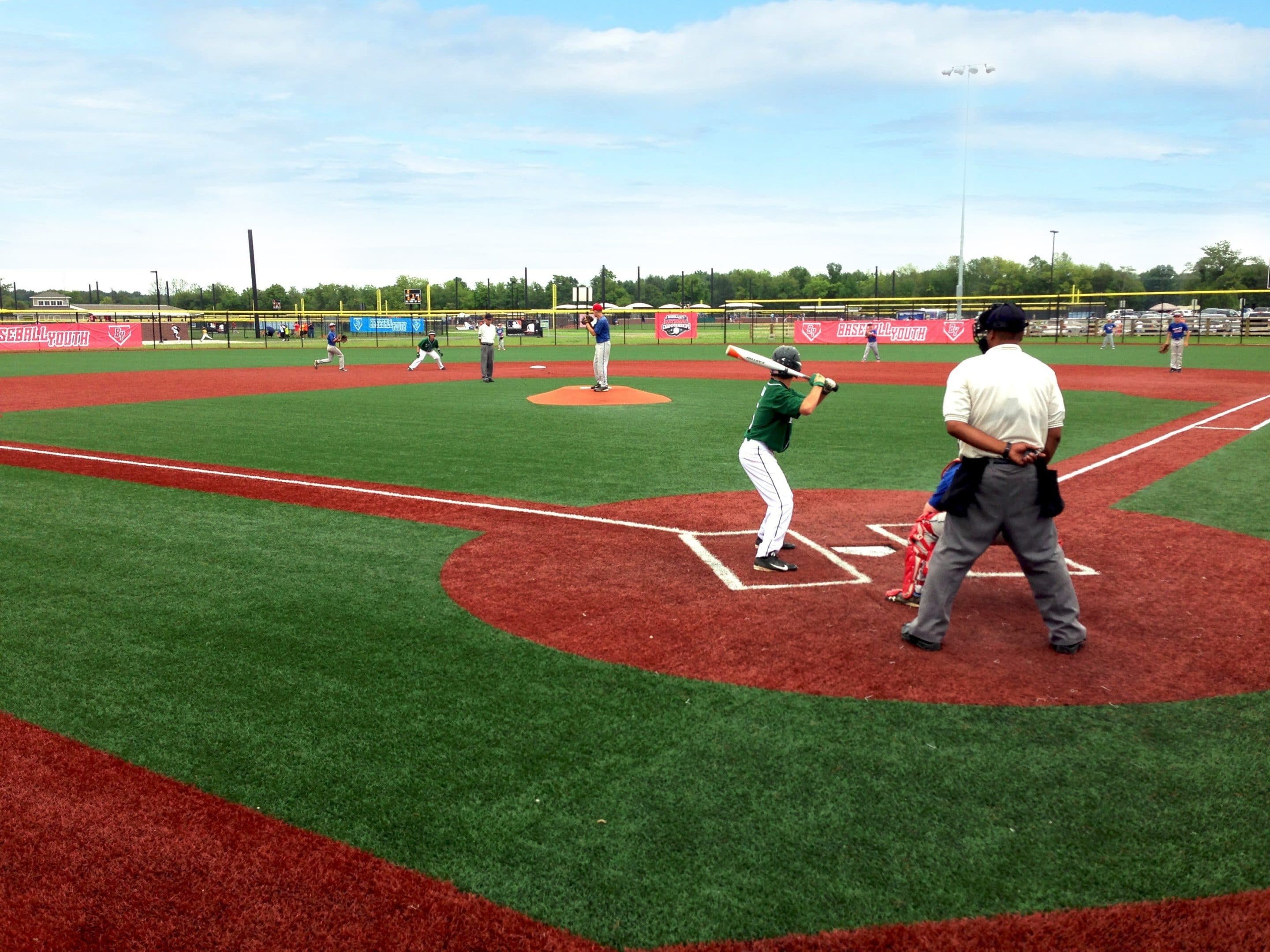
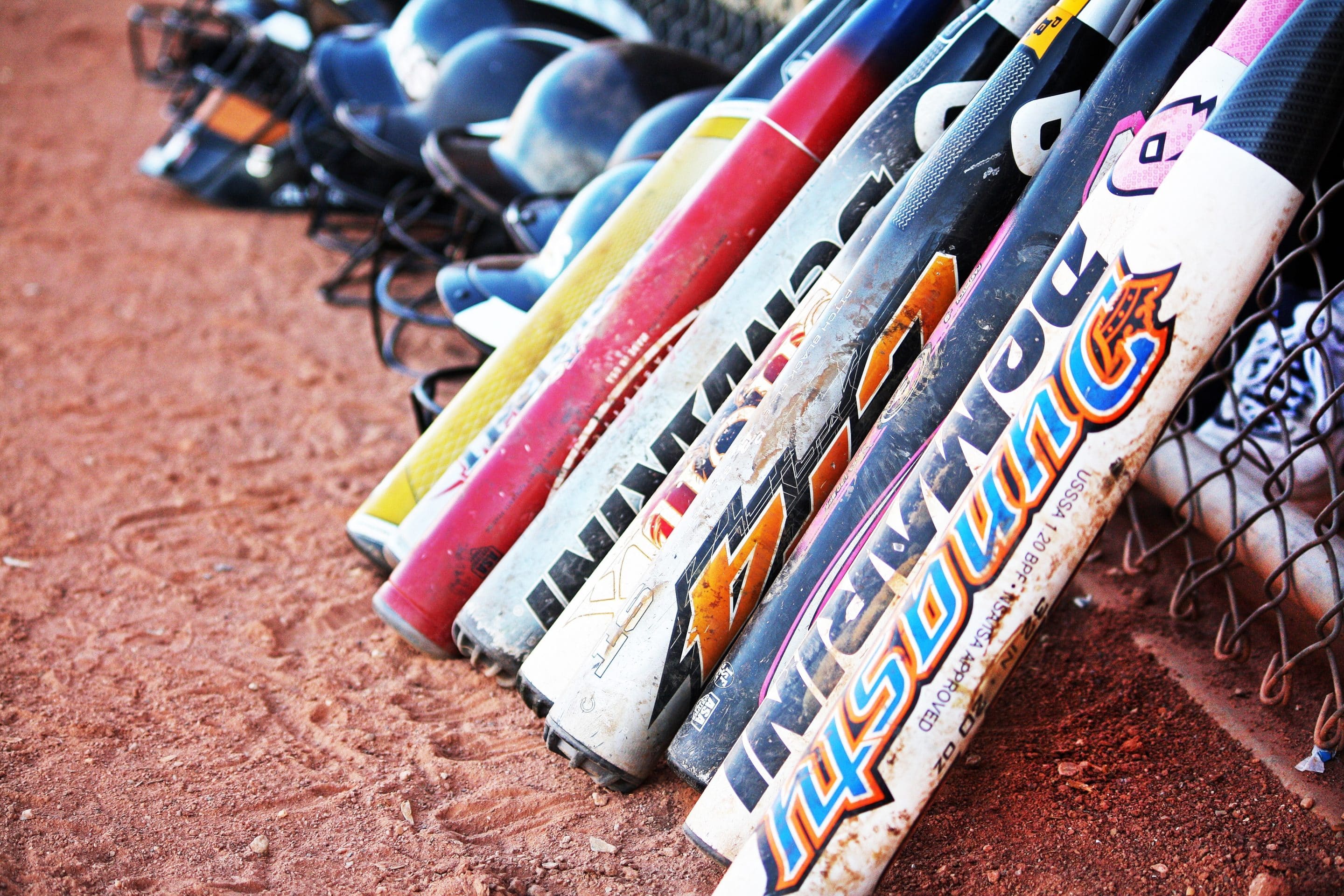
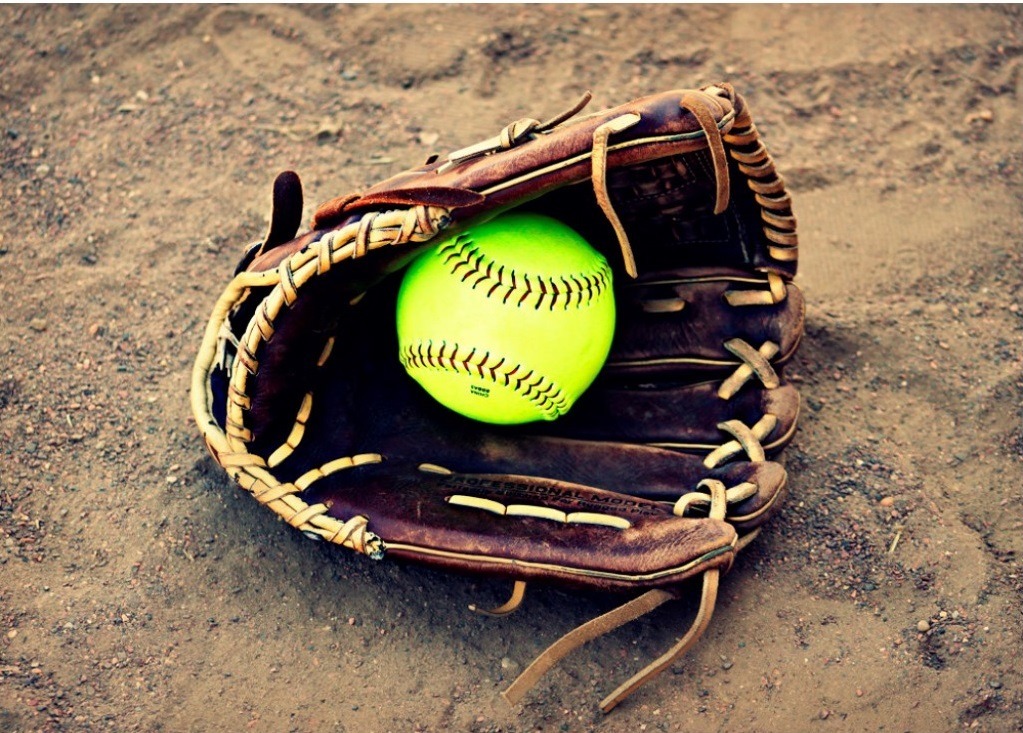
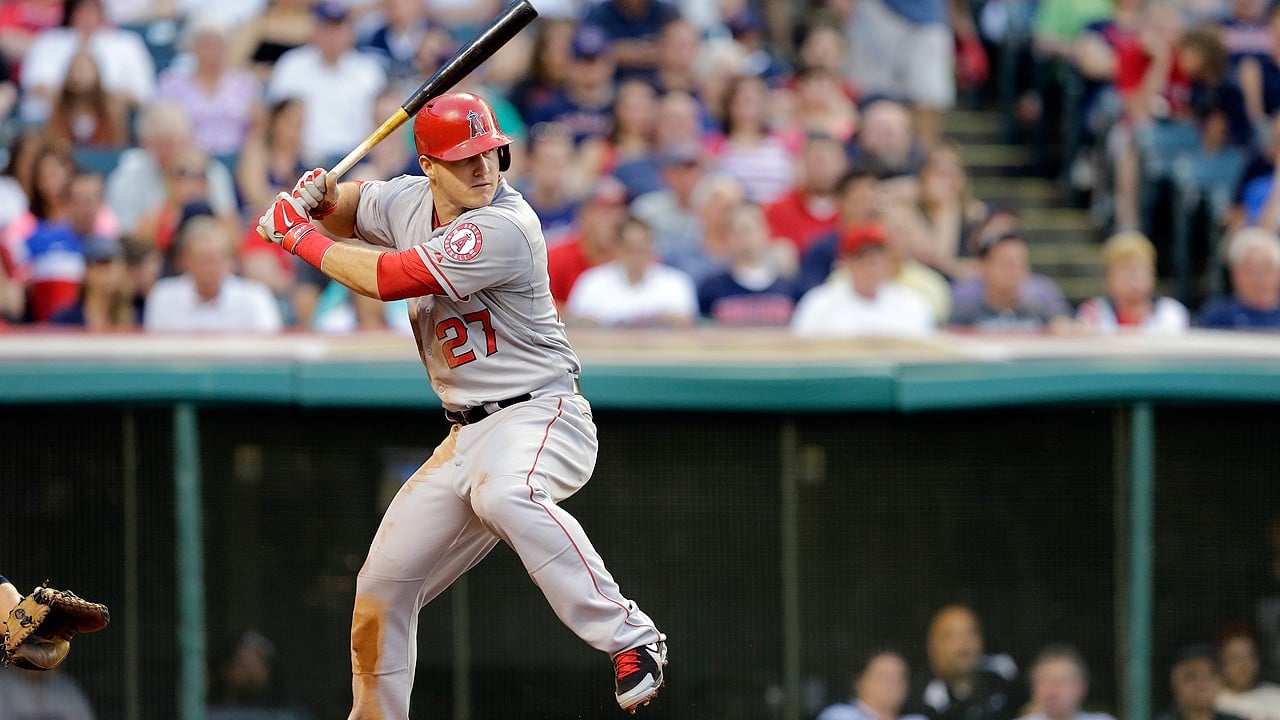
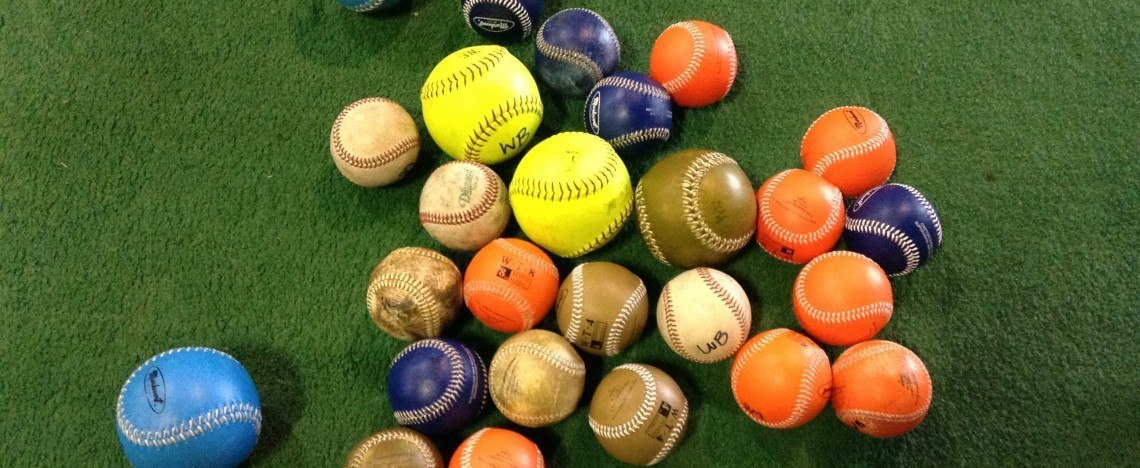

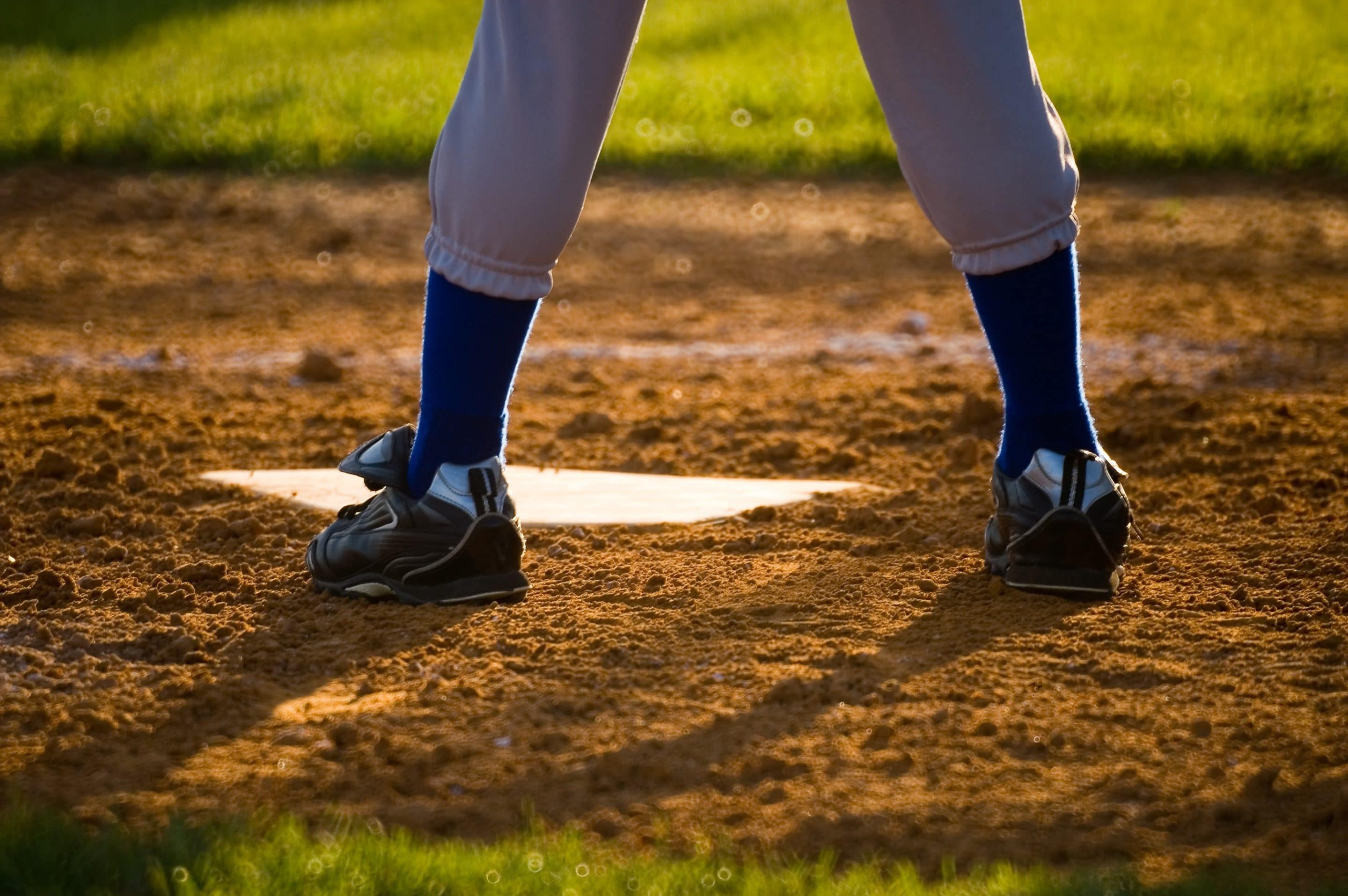
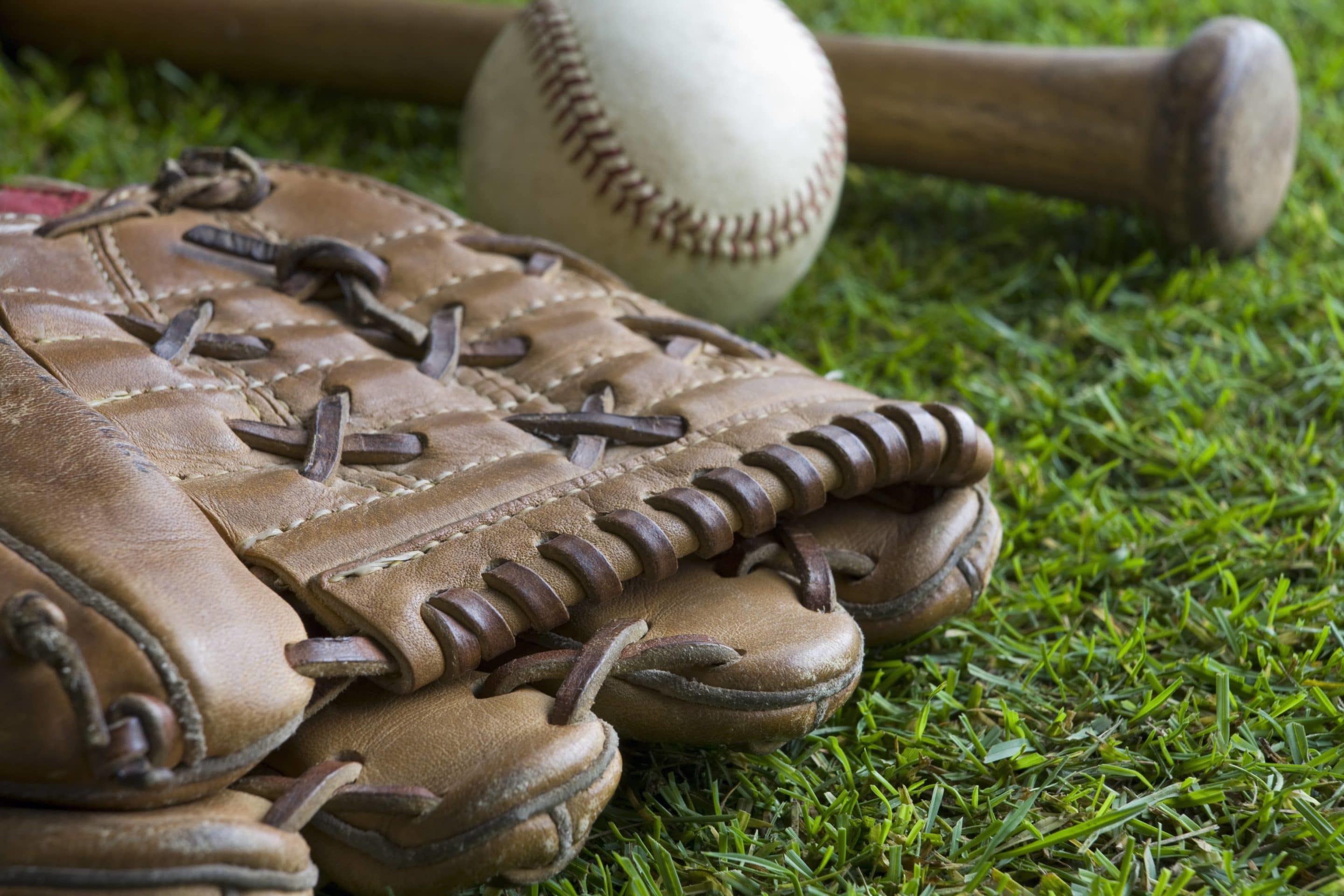
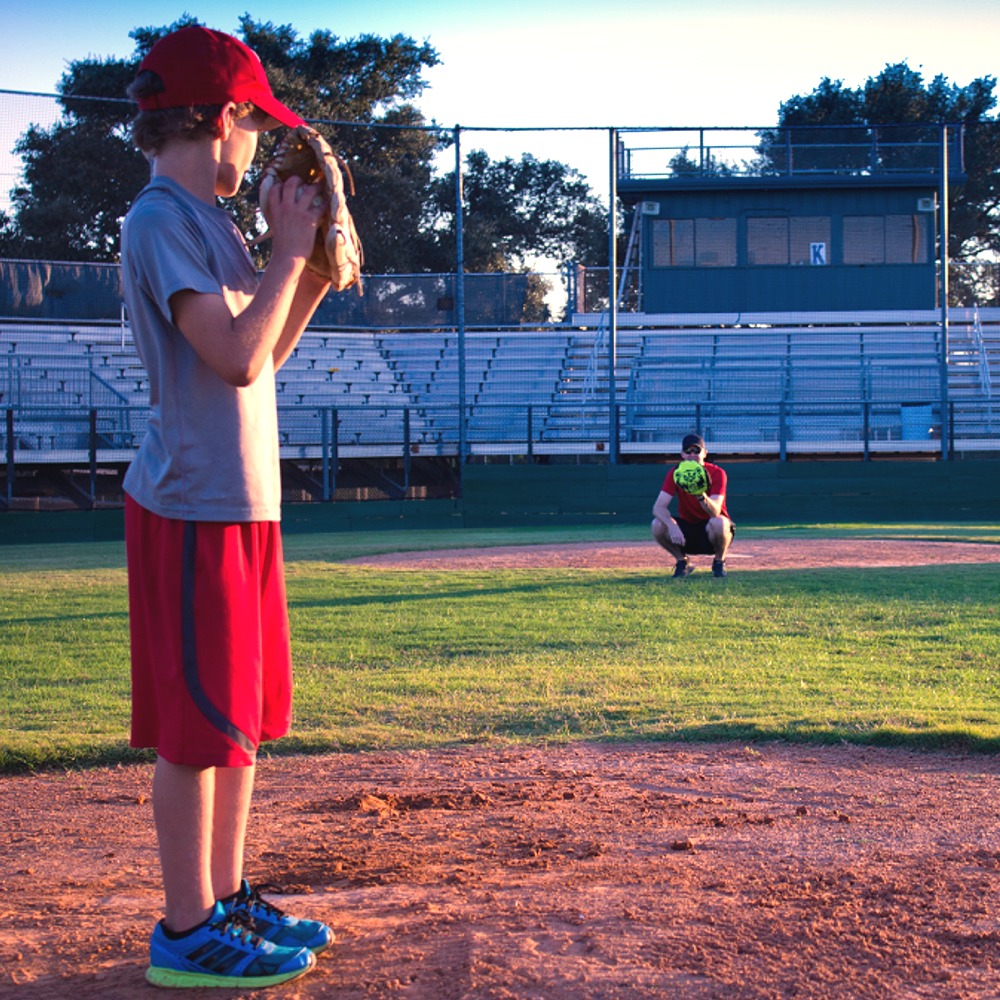
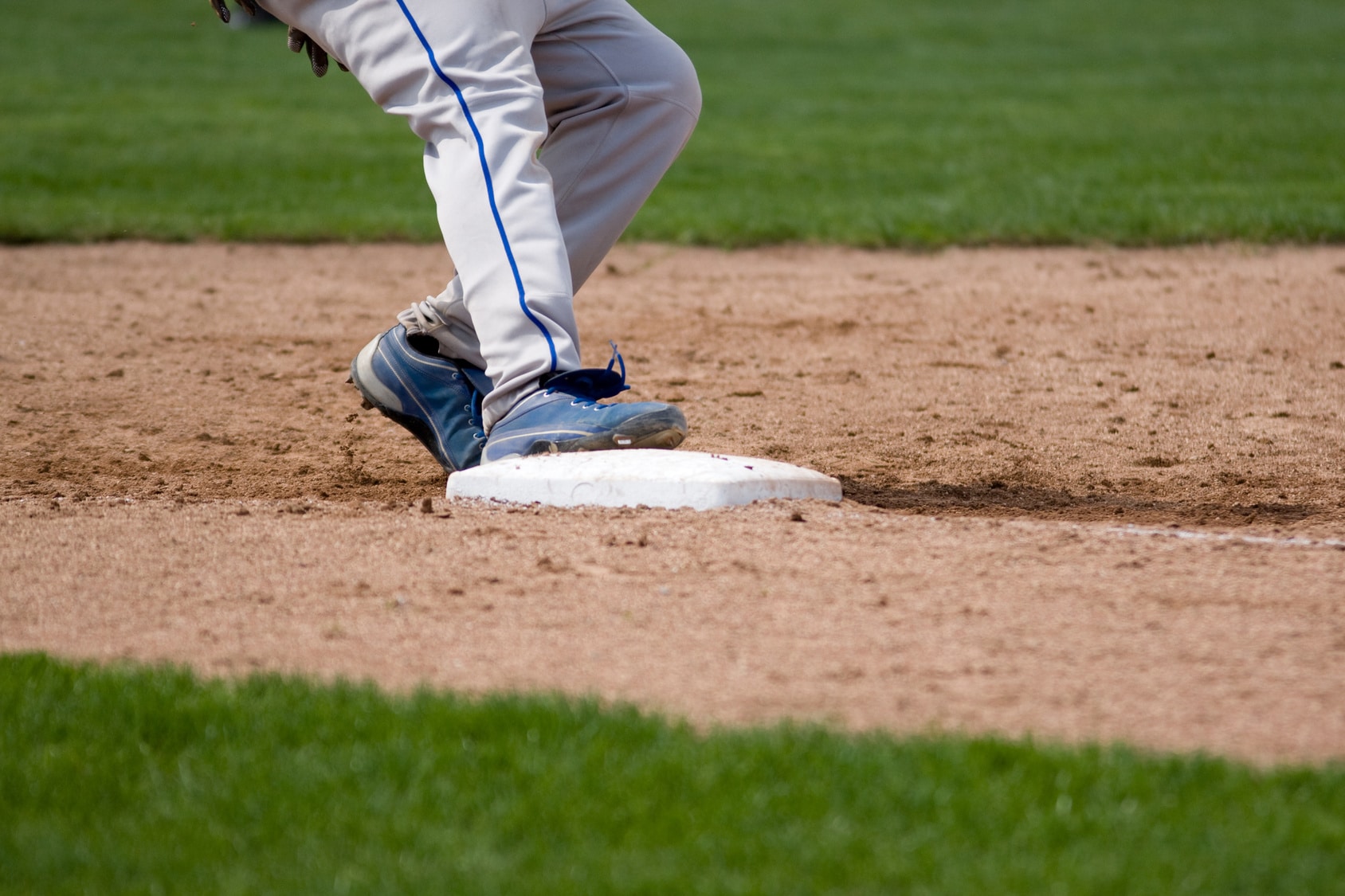
It makes sense that you should identify which fundamentals need to be improved so that you can help minimize mistakes. My uncle would like to teach his sons how to play baseball, but he has started to notice that their lack of balance is causing their throwing and batting to become inconsistent. Maybe he should consider getting some equipment that will help them improve on their weaknesses.
He needs to have them strengthen their lower body and core. Balance comes from strong lower half. Depending on their age there are different exercises to do for improving their strength.
It’s interesting that you mentioned the importance of ensuring that baseball practice remains enjoyable so that players can have fun while they improve. I remember my son mentioning how he would like to learn how to play baseball this summer, but he is especially shy and worries that other players will get mad if he doesn’t perform well. Maybe he should find a baseball club that will help him enjoy himself.
Look into a local Little League. There are many beginning players at the Little League Level. Don’t get him into Travel Ball (yet). That’s for the dedicated families willing to spend big bucks and time with the hopes of scholarships. It’s probably too competitive for a beginner.
A good coach will make it educational and fun. All it takes is a coach that understands that his players are not going to be the next babe ruth, while also putting in the effort to help them be the best that that they can be.
I see too many parents and coaches that run practices like a drill sargeant. These are kids playing a game. Make it fun to play.